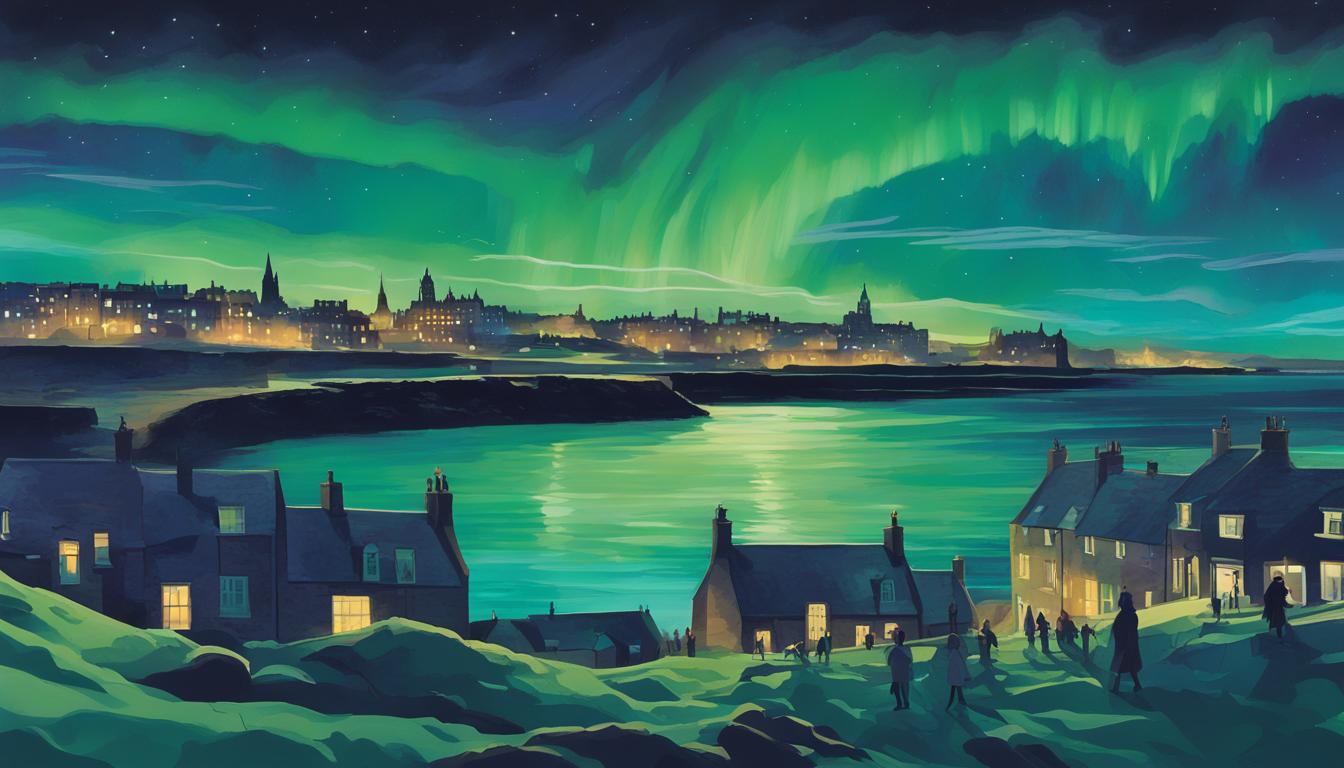Recent geomagnetic storms have brought the mesmerising aurora borealis into view across the UK and Ireland, with the aurora australis also predicted in parts of Australia.
Recent nights in the UK and northern hemisphere have witnessed extraordinary displays of the aurora borealis, commonly known as the northern lights. These were clearly visible from various locations such as Whitley Bay and Edinburgh, stretching as far as Dublin and Shannon in Ireland.
The Met Office attributed these sightings to an extreme geomagnetic storm that increased solar activity, creating ideal conditions for the northern lights. This celestial phenomenon results from the interaction of charged particles from the sun with gases in Earth’s atmosphere, particularly around the magnetic poles.
A similar spectacle, the aurora australis or southern lights, is predicted to be visible in parts of Australia, including Sydney, Perth, and some areas of Queensland. The Bureau of Meteorology (BoM) has forecasted the best viewing times between 10 pm on Saturday and 2 am on Sunday and has highlighted the potential for impact on power grids and communication systems due to the solar storm’s severity, classified as G4.
The present solar activity is part of a broader trend of heightened geomagnetic storms, with the last such event of this scale occurring back in 2003. Both the BoM and US National Oceanic and Atmospheric Administration are monitoring the storm, which has been linked to significant magnetic disturbances globally.
Enthusiasts around the world have seized the moment to capture and share images of these luminous events on social media, providing a visual feast of ethereal blues and greens lighting up the night skies.













